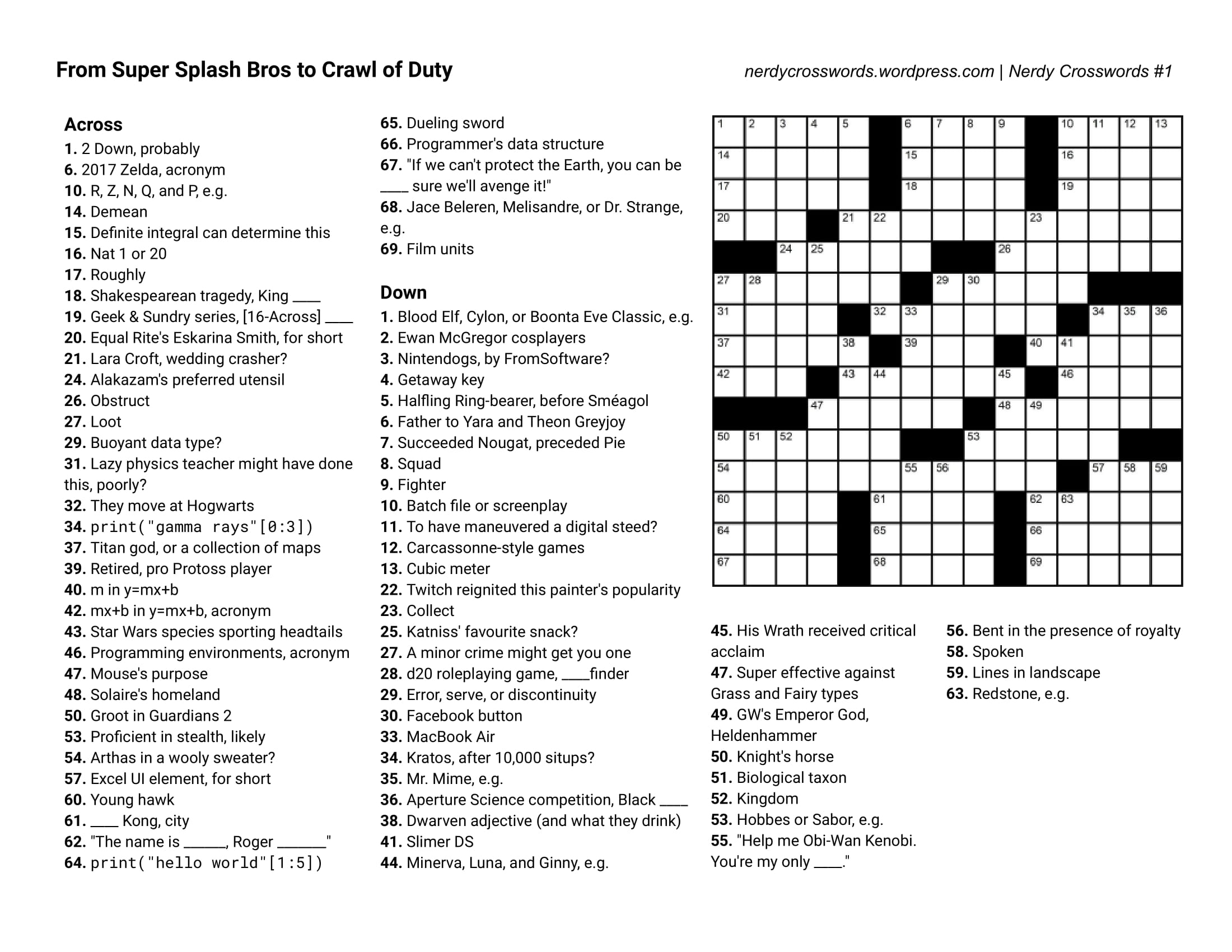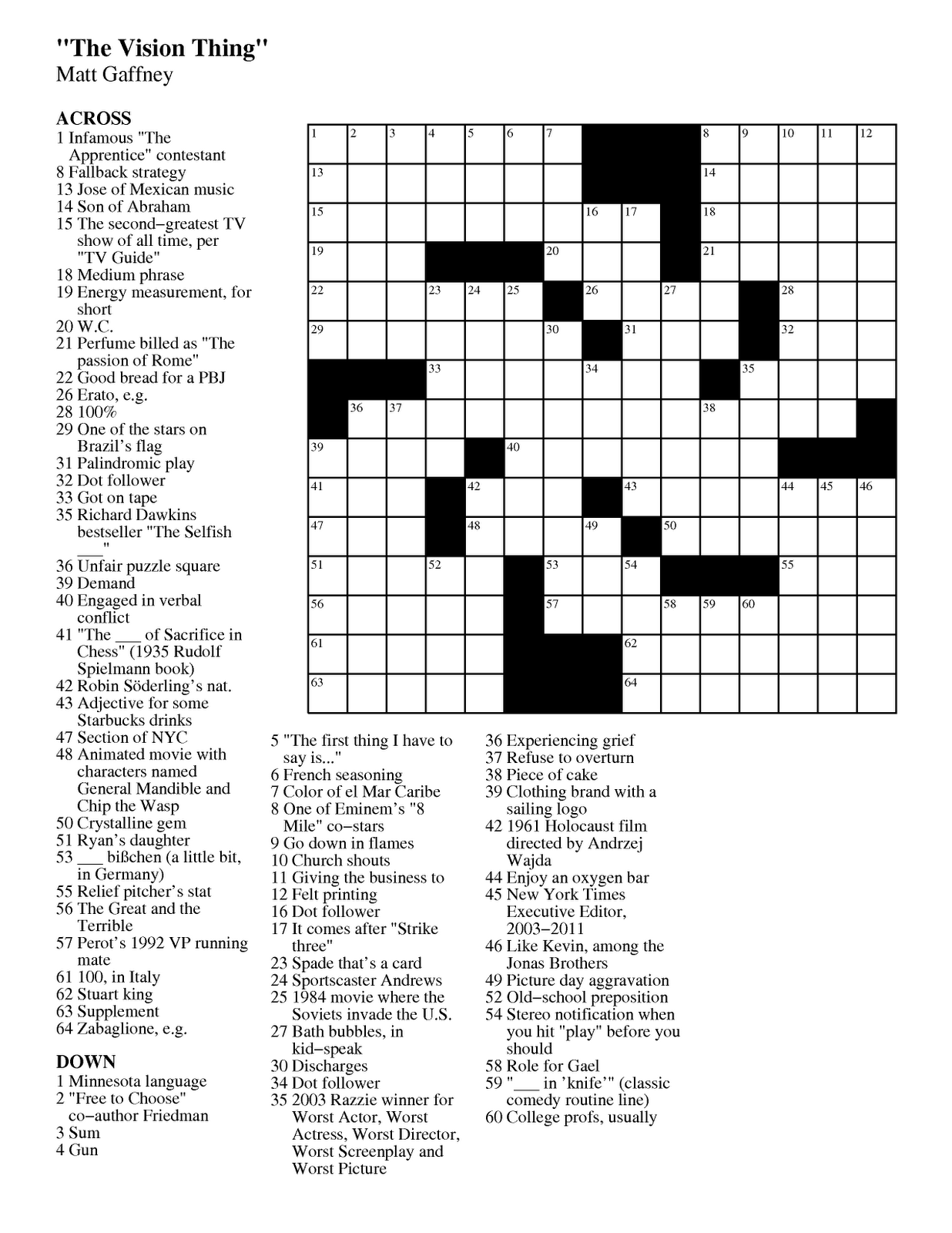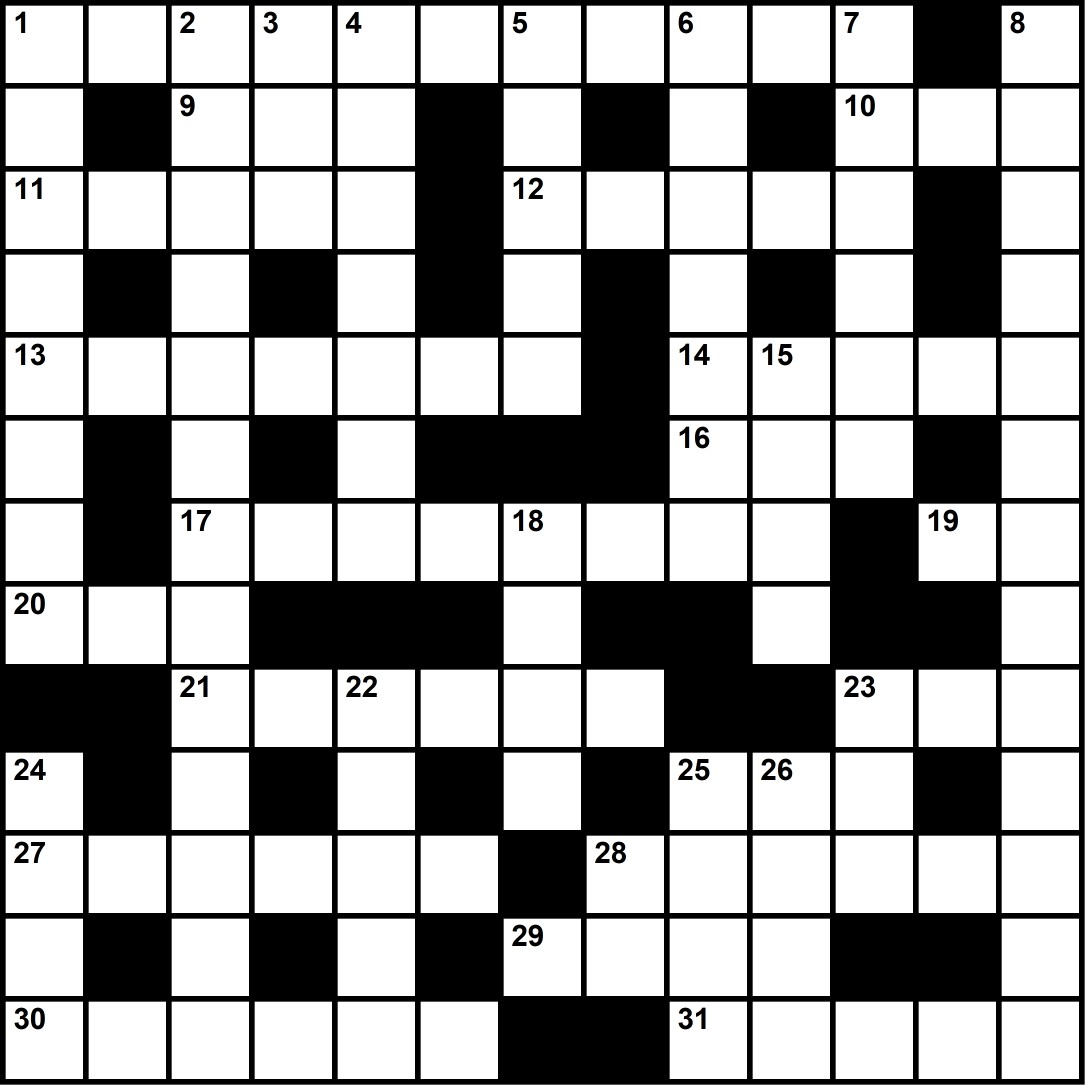

In recent years, puzzle-construction software and word-lookup websites have turned writing crosswords from a purely organic intellectual exercise-you, your brain, and maybe some reference books-into something with a dash of the digital. My previous attempts that ended with worn-down erasers and crumpled-up pieces of graph paper had relied on whatever vocabulary and recall I brought to them. To make a puzzle for WIRED, though, I had some help. Not to mention the whole can-I-actually-do-this part: While I've made dozens of half-starts at constructing crosswords, that also means that, well, I've made dozens of half-starts at constructing crosswords. I'm used to having my writing read by others, but crosswords have always been intensely personal for me, and turning that into a solvable work of its own somehow felt like boiling down my essence and pouring it into the 225 tiny squares in a 15-by-15 grid. At WIRED, we refer to this kind of outcome as “getting green-lit off a cliff”-an especially fitting metaphor given the vulnerability of the project. When I first pitched this story to my editors, they approved it on the condition that I actually make a puzzle to go with it.

Collins' word fill reflects the worldview of a film-obsessed, 31-year-old, gay, black constructor-but also the worldview of any plugged-in young person, period. “That's what people say when they want diversity.” His Times debut was a 2014 puzzle that marked the first time ANITA HILL and JAVASCRIPT ever appeared in a grid, and his 11 puzzles since have at times felt like an ever-evolving record of pop culture: BOOTYLICIOUS. Austin Collins, a mainstay of AVCX and The New York Times. “Every puzzle should have the mark of its creator,” says K. (Turns out LOUIS CK and HARVEY WEINSTEIN make pretty great answers.) “It’s just a crossword puzzle,” says Falcon, “but at the same time it’s so much more than that-it’s a sign of resistance.” Rebecca Falcon, who called out the Times’ use of PATERNO, has poured her own frustrations into puzzles she publishes online, including one called “#BelieveWomen” that included as theme entries seven men accused of sexual misconduct. I always felt that I had to put part of myself aside and pretend that I was straight in order to solve these as efficiently as possible.” “Even in major publications it would have clues like ‘Husband’s spouse’: WIFE.

“I kept feeling like I was an intruder,” he says. For Queer Qrosswords founder Nate Cardin, a 36-year-old constructor in Los Angeles, the project was born of the desire to see yourself in the puzzles you solve. Two other series-Queer Qrosswords and Women of Letters-also make representation their aim.
#Article about crosswords crossword series#
Last year, Braunstein and another constructor started the Inkubator, a subscription puzzle series that features only puzzle-makers who identify as women. “When I was starting he said, ‘Why don't we collaborate on something?’ That was the first time my name was on a New York Times crossword.” “I wouldn't be doing this without Erik,” says Laura Braunstein, a frequent AVCX contributor. Like Tausig, Agard has emerged as an advocate for other underrepresented constructors. Tall and lanky, with his hair worn in an enormous Afro-his Twitter bio reads “gene maleska but statuesquer”-Agard wrote or cowrote 10 Times puzzles in the first half of 2019. Deb Amlen, who wrote puzzles for feminist magazine Bust and was one of Tausig's early recruits, today runs the Times' daily crossword column.Īnother AVCX star, 25-year-old Erik Agard, is regarded as one of the most talented constructors of his generation. About half of its puzzle-makers are now women, and some of its young constructors are popular at The New York Times. Tausig and his partners began seeking out constructors from communities that were underrepresented in the cruciverbalist ranks and offering to mentor them with an eye toward getting them into AVCX.

Shortz issued an apology the same day, claiming neither he nor his assistant had ever heard the word used in such a way. While the clue itself was innocuous-“Pitch to the head, informally”-many wondered how Shortz had green-lit a word known as a racist slur. On January 1 of this year, BEANER appeared in the New York Times puzzle. Nor is gender the only point of criticism. (At the Journal, puzzle editor Mike Shenk has frequently published his own puzzles under female pseudonyms the paper announced in January that it would be ending that practice.) “It's not that any individual editor or outlet is insidiously excluding people.” Still, it's hard to ignore that, at each of those outlets, the editor is a man in his sixties or seventies. “It's one of those times where it feels so right to call something structural or systemic,” says Shechtman.


 0 kommentar(er)
0 kommentar(er)
